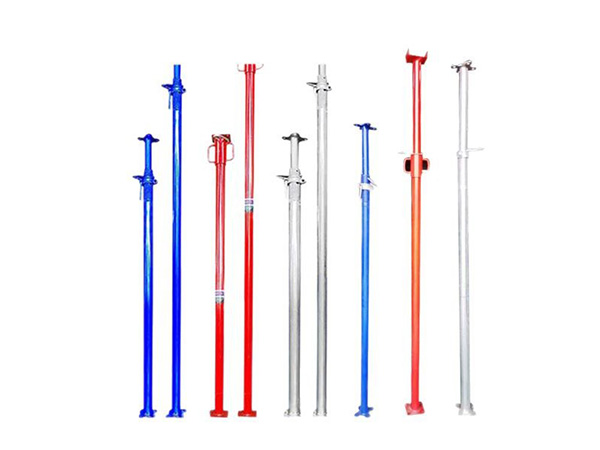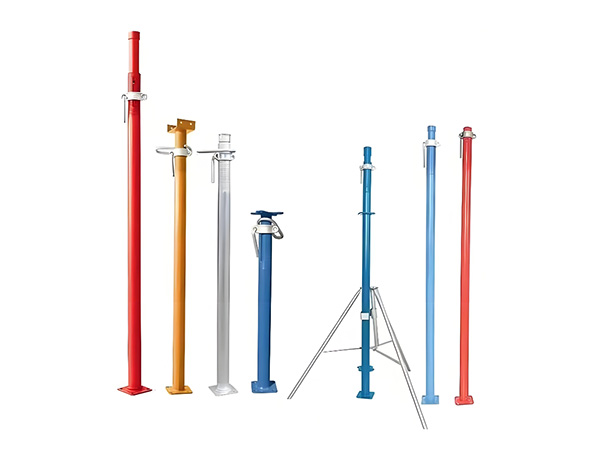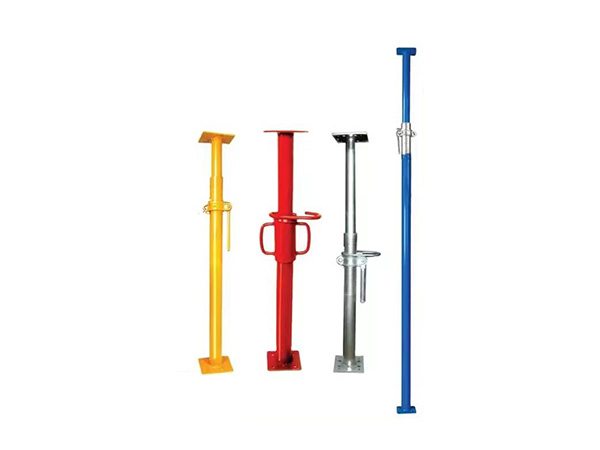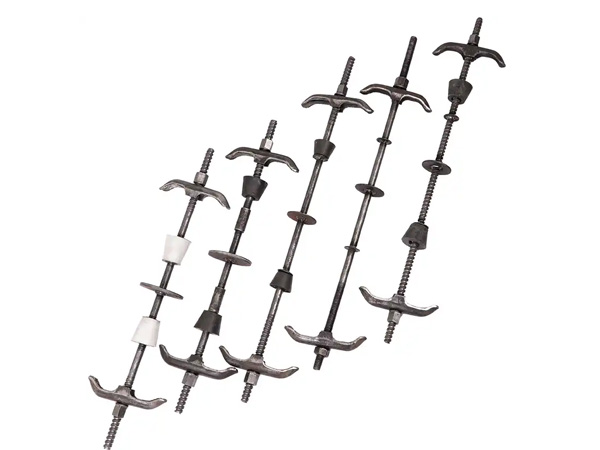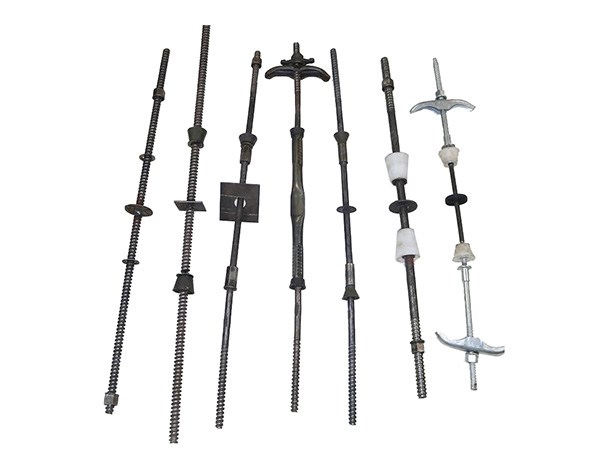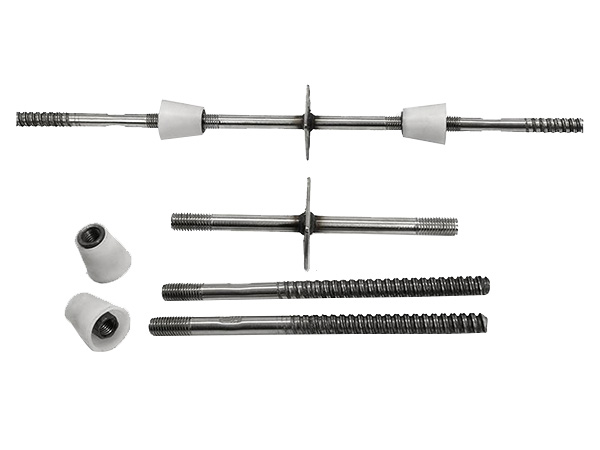- Site Navigation -
NEWS LIST
What Are the Applications of Steel Supports in Bridge Engineering?
Author:yicheng Date:2025-09-03 18:04:36 Hits:119
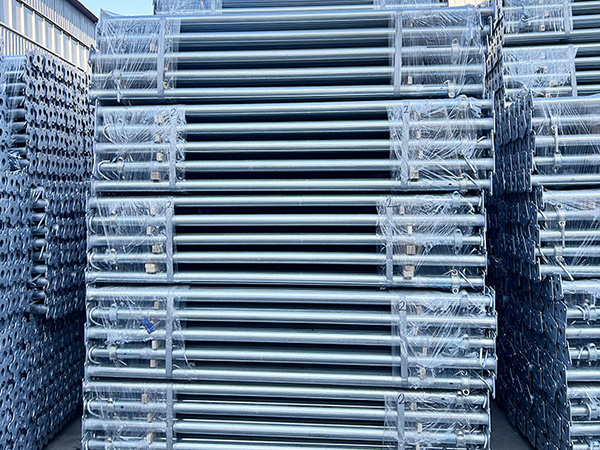
The Applications of Steel Supports in Bridge Engineering
Steel supports are pivotal components in bridge engineering,leveraging properties like high strength-to-weight ratio,ductility,and recyclability to address diverse structural demands across bridge types.Their applications span core load-bearing,stability enhancement,and adaptive design,making them indispensable for modern bridge construction.
A primary application lies in main load-bearing systems,where steel supports form the"backbone"of bridge superstructures and substructures.In beam bridges,steel I-beams or box girders act as key supports,distributing traffic loads(vehicles,pedestrians)and environmental loads(wind,temperature fluctuations)evenly to piers.For cable-stayed bridges,steel pylons(tower supports)serve as vertical anchors for stay cables,transferring the bridge’s total weight to the ground—their high tensile strength resists the lateral pull of cables and vertical compressive forces from the deck.In suspension bridges,steel hangers and main cables function as flexible supports,suspending the deck while withstanding dynamic loads;steel clamps and saddles(supports for main cables atop towers)ensure stable force transmission without excessive wear.
Steel supports also play a critical role in substructure stability,reinforcing piers and foundations to endure long-term stress.Steel casings are widely used in deep-water bridge foundations:driven into riverbeds or seabeds,they prevent soil erosion around concrete piles,maintaining foundation integrity during construction and operation.For high-pier bridges(e.g.,those crossing valleys),steel bracing systems(horizontal or diagonal steel rods)are installed between pier segments to reduce lateral sway caused by wind or seismic activity,enhancing structural rigidity without adding excessive weight—an advantage over concrete bracing,which is heavier and less adaptable to dynamic loads.
Another key application is temporary and adaptive support solutions during bridge construction and maintenance.During deck installation,steel falsework(temporary supports like steel props or trusses)provides stable platforms to hold uncompleted concrete or steel components,with adjustable heights to accommodate complex deck geometries.For bridge widening or rehabilitation projects,steel corbels(cantilevered steel supports)are attached to existing piers to extend the deck,avoiding full demolition and minimizing traffic disruption.Steel’s weldability and modularity allow these temporary supports to be customized quickly,reducing construction timelines compared to cast-in-place concrete alternatives.
Additionally,steel supports excel in seismic and fatigue resistance—critical for bridges in high-risk zones.In earthquake-prone areas,steel shear keys(supports between bridge decks and piers)absorb seismic energy through ductile deformation,preventing deck displacement or collapse.For long-span bridges subject to repeated dynamic loads(e.g.,heavy trucks),steel supports with anti-fatigue designs(e.g.,heat-treated steel components,smooth weld joints)resist crack propagation,extending the bridge’s service life.
In summary,steel supports’versatility makes them suitable for diverse bridge scenarios—from main load-bearing in large-span structures to temporary bracing in construction,and seismic reinforcement in high-risk areas.Their integration optimizes bridge safety,durability,and construction efficiency,aligning with the demands of modern infrastructure development.







